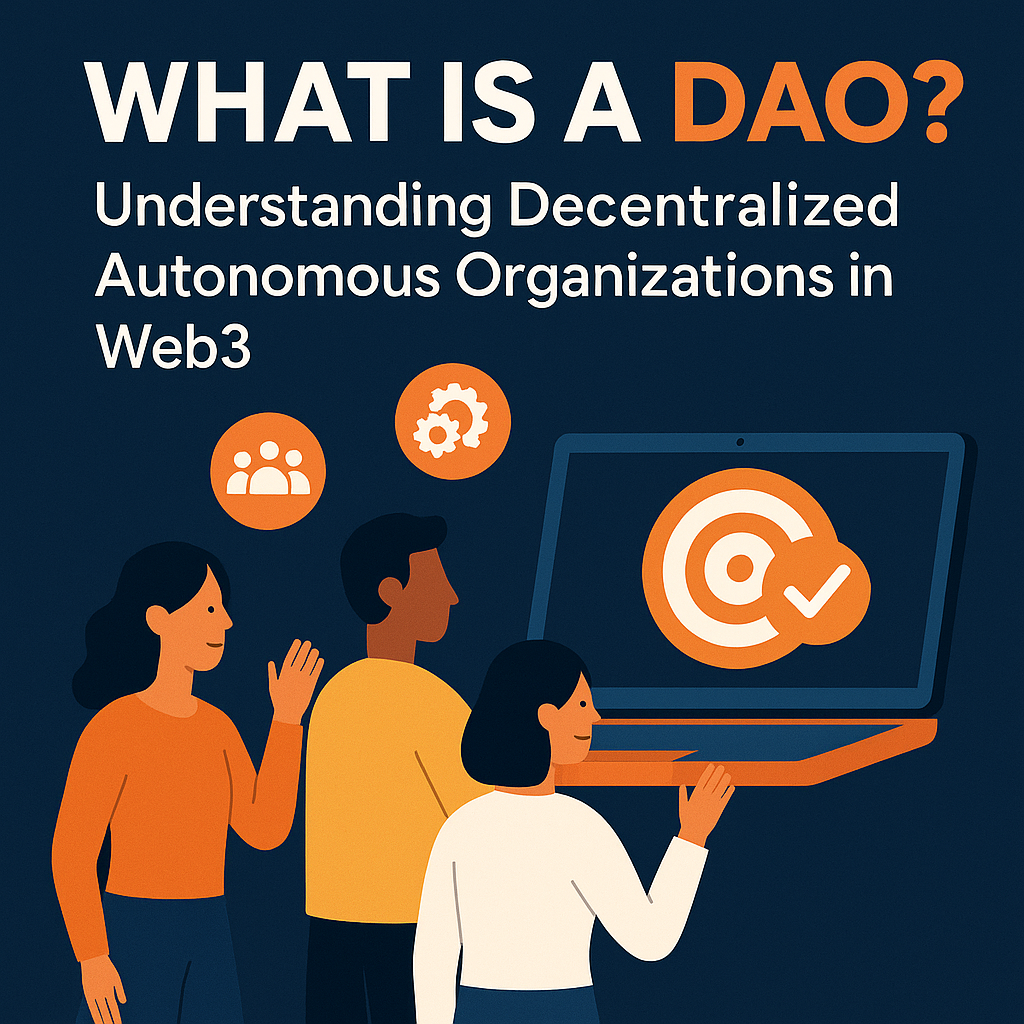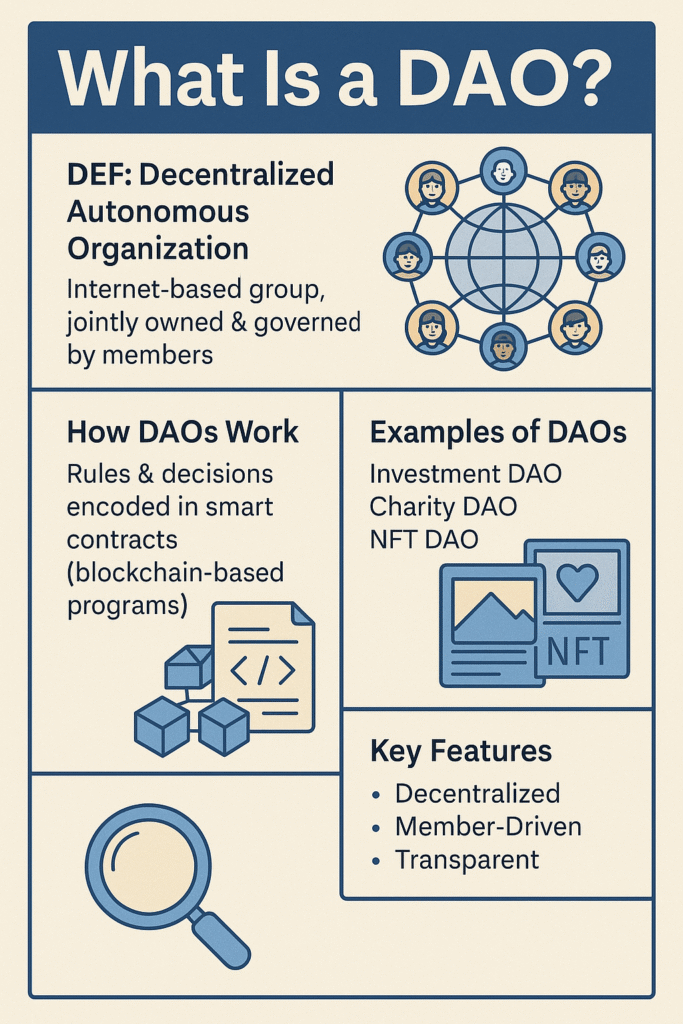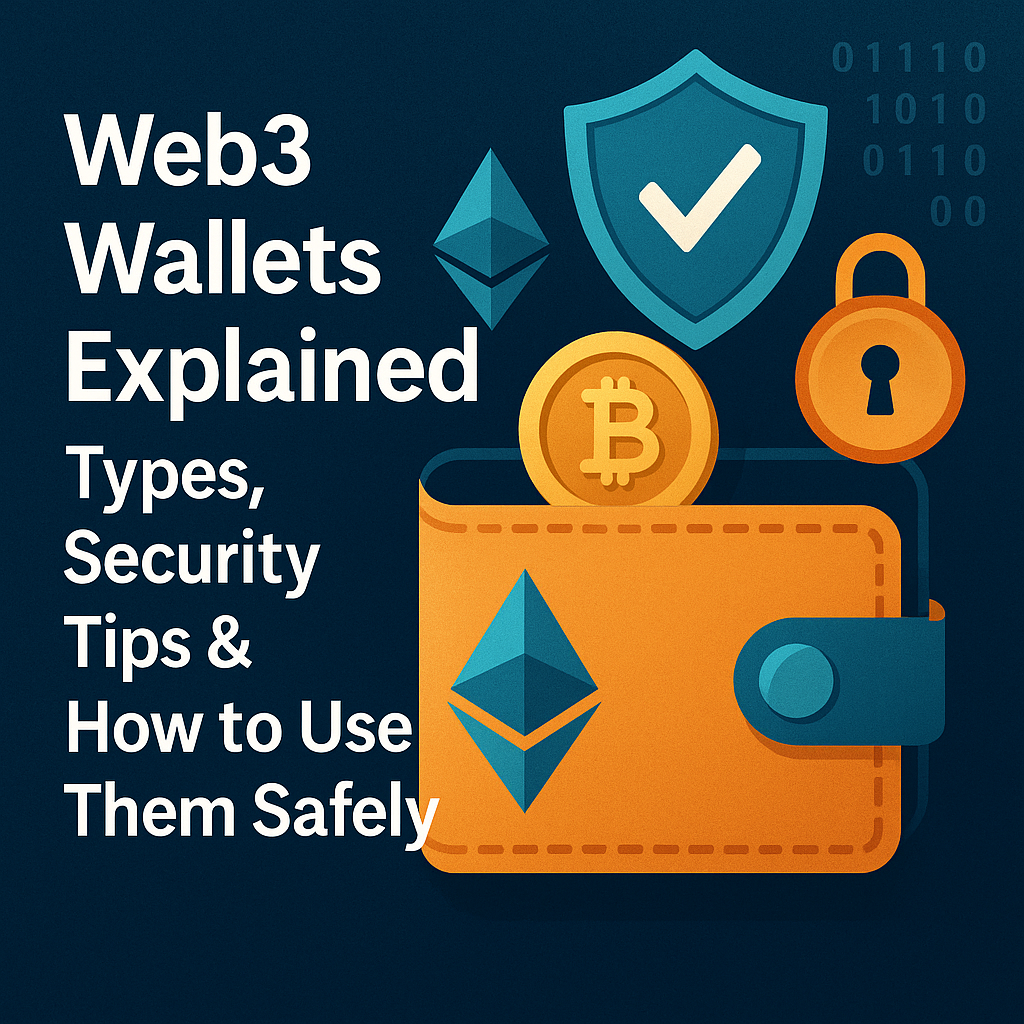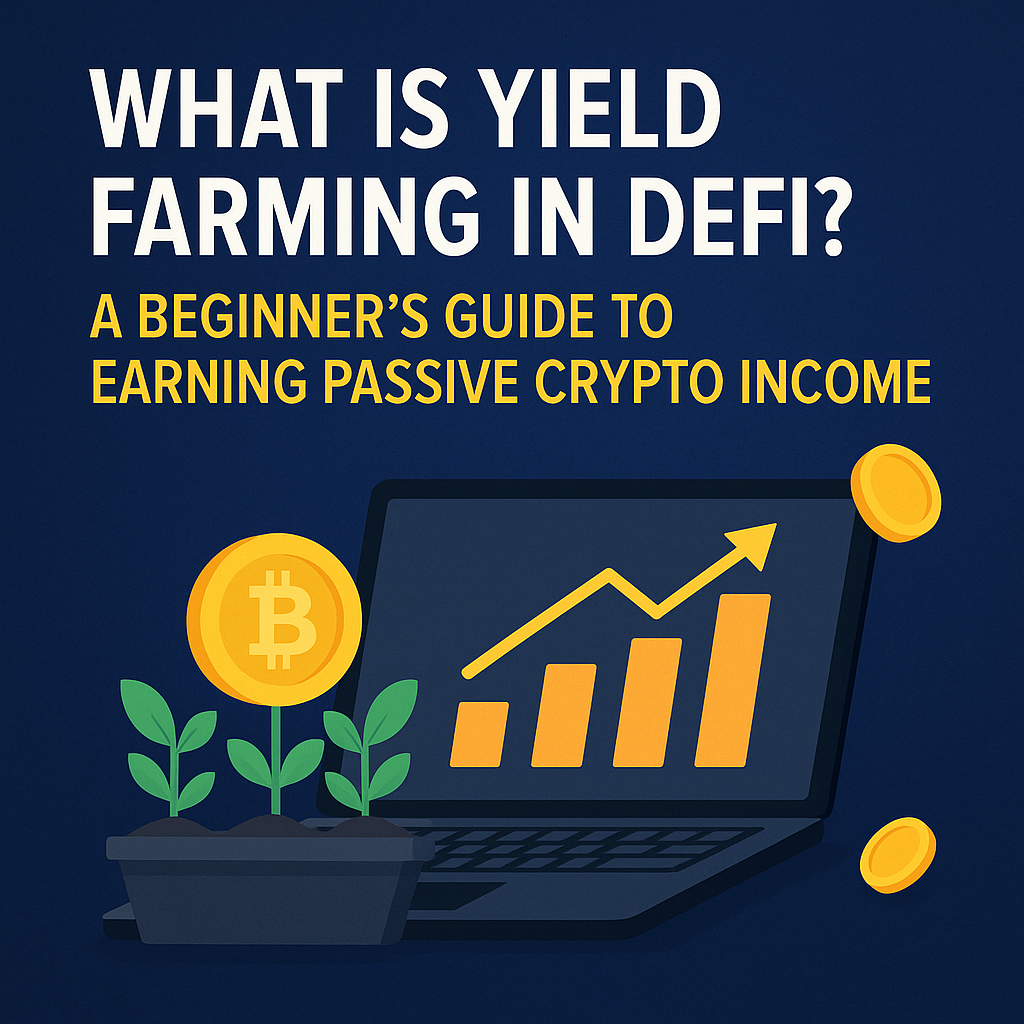
“A DAO is not a company. It’s a community with code.”
As the world moves from centralized to decentralized systems, DAOs are emerging as a revolutionary way to organize people, projects, and money — without traditional leadership.
If you’ve ever wondered how a group of strangers online can vote, invest, and build things together — a DAO is the answer.
This blog post will take you through everything you need to know about DAOs in Web3.
📘 Table of Contents
- What Is a DAO?
- How DAOs Work (Smart Contracts + Governance)
- Key Features of a DAO
- DAO vs Traditional Organization
- Real-World DAO Examples
- Case Study: ConstitutionDAO
- Why DAOs Matter in Web3
- Common Use Cases of DAOs
- Risks and Limitations
- Bonus Tips for Participating in a DAO
- FAQs
- Our Thoughts: The Future of DAOs
- Final Thoughts + Trusted Resources
1. 🧠 What Is a DAO?

DAO stands for Decentralized Autonomous Organization — a community-led entity with no central leadership. It’s governed by rules coded into smart contracts, and decisions are made democratically by token holders.
💬 “A DAO is like a digital co-op, powered by blockchain.”
In a DAO:
- There are no CEOs or boards
- Members propose and vote on decisions
- Everything is transparent and recorded on-chain
2. ⚙️ How DAOs Work
DAOs rely on:
- Smart Contracts: These define the rules (e.g., voting, spending, membership).
- Governance Tokens: These give holders the right to vote on proposals.
- Treasury: Funds are stored in smart contract wallets and are only spent via group votes.
- Voting Mechanism: Proposals are accepted or rejected based on token-based voting.
✅ Example:
- Alice proposes hiring a developer
- Token holders vote
- If approved, the smart contract sends payment automatically
3. 🔍 Key Features of a DAO
| Feature | Description |
|---|---|
| 🧠 Autonomous | Operates via smart contracts, not people |
| 🧾 Transparent | All votes and transactions are public |
| 🌍 Borderless | Anyone with internet and wallet can join |
| 💬 Democratic | Every vote counts (weighted by tokens) |
| 🔐 Secure | Rules are enforced by code |
4. 🏢 DAO vs Traditional Organization
| Feature | Traditional Org | DAO |
|---|---|---|
| Leadership | CEO, Board | Community voting |
| Rules | Internal documents | Smart contracts |
| Membership | Employees, shareholders | Token holders |
| Transparency | Closed books | On-chain public records |
| Decision-making | Top-down | Bottom-up |
💬 “DAOs flip corporate hierarchy — they turn users into owners.”
5. 🌍 Real-World DAO Examples
| DAO Name | Purpose | Notable Features |
|---|---|---|
| Uniswap DAO | Manages Uniswap protocol | Votes on fee structure, upgrades |
| MakerDAO | Issues DAI stablecoin | Controls global debt ceiling |
| ApeCoin DAO | Governance for BAYC token | Allocates ecosystem grants |
| Friends With Benefits | Creative Web3 community | Access via FWB tokens |
| MolochDAO | Ethereum development grants | Grants for Ethereum devs |
6. 📚 Case Study: ConstitutionDAO
- In 2021, ConstitutionDAO tried to buy an original copy of the U.S. Constitution at a Sotheby’s auction.
- 17,000+ people pooled over $47 million in ETH within 7 days.
- Lost the bid but made headlines.
- Showed how quickly DAOs can mobilize people and funds.
🧠 The DAO was eventually dissolved, but it proved the power of on-chain crowdfunding + collective action.
7. 💡 Why DAOs Matter in Web3
DAOs are essential to Web3 because they:
- Enable true community ownership
- Reduce dependency on corporations or VCs
- Promote radical transparency
- Align users, developers, and investors
💬 “Web3 isn’t just about decentralizing apps — it’s about decentralizing power.”
8. 🧩 Use Cases of DAOs
| Use Case | Example |
|---|---|
| 🧠 Protocol Governance | MakerDAO, Aave |
| 💰 Investment Collectives | FlamingoDAO (NFT investments) |
| 🎨 Creator DAOs | Friends With Benefits, Songcamp |
| 🌱 Impact DAOs | KlimaDAO (carbon offsetting) |
| 📚 Knowledge DAOs | BanklessDAO, DeveloperDAOs |
| 🏦 DeFi Treasury Mgmt | Lido DAO, Curve DAO |
9. ⚠️ Risks & Limitations of DAOs
| Risk | Description |
|---|---|
| 🗳️ Governance Attacks | Whales can buy votes (token-based voting = centralization risk) |
| 🧑⚖️ Legal Grey Area | Many jurisdictions don’t recognize DAOs legally |
| 💸 Treasury Theft | Bugs in contracts can lead to hacks (e.g., The DAO 2016) |
| 😴 Low Participation | Voter apathy can halt progress |
| 🏗️ Complex UX | New users find DAOs hard to understand or navigate |
🔐 Many DAOs now use tools like Snapshot, Gnosis Safe, Tally, Aragon for secure governance.
10. 🧰 Bonus Tips: How to Get Involved in a DAO
- 🦊 Get a Web3 wallet like MetaMask
- 📚 Learn about DAOs at daohaus.club
- 💬 Join DAO Discord communities
- 🗳️ Vote on governance proposals with tokens
- 🛠️ Contribute your skills: writing, dev, design, marketing, research
- 🧪 Start with low-stakes DAOs (community ones)
11. ❓ FAQs
Q1: Do I need to code to join a DAO?
No! DAOs need writers, artists, marketers, translators, not just developers.
Q2: Are DAOs legal?
It depends. Some are registered as LLCs (like Wyoming DAOs), others operate as collectives.
Q3: Can I make money from DAOs?
Yes — many DAOs offer bounties, salaries, and grants for contributions.
Q4: Can DAOs own real-world assets?
Yes — if registered legally. Some DAOs own art, real estate, even sports teams.
12. 🧠 Our Thoughts: The Future of DAOs
DAOs represent a new era of governance, transparency, and global collaboration.
But they need:
- Better UX
- Legal clarity
- Tools for accountability
- Active contributors
In the future, schools, charities, startups, even governments could operate as DAOs.
💬 “Imagine a world where citizens vote on local budgets through DAOs. That’s Web3 democracy.”
🔗 Trusted Resources
- Ethereum.org – DAO Guide
- Aragon.org – Build and manage DAOs
- Tally.xyz – DAO voting and governance
- Snapshot.org – Off-chain DAO voting tool
✅ Post Summary:
This blog post covered:
- What DAOs are and how they work
- Their strengths, risks, and real-world examples
- Practical steps to get involved
- Bonus insights + FAQs
You now have a complete DAO guide perfect for beginners, creators, or investors!

